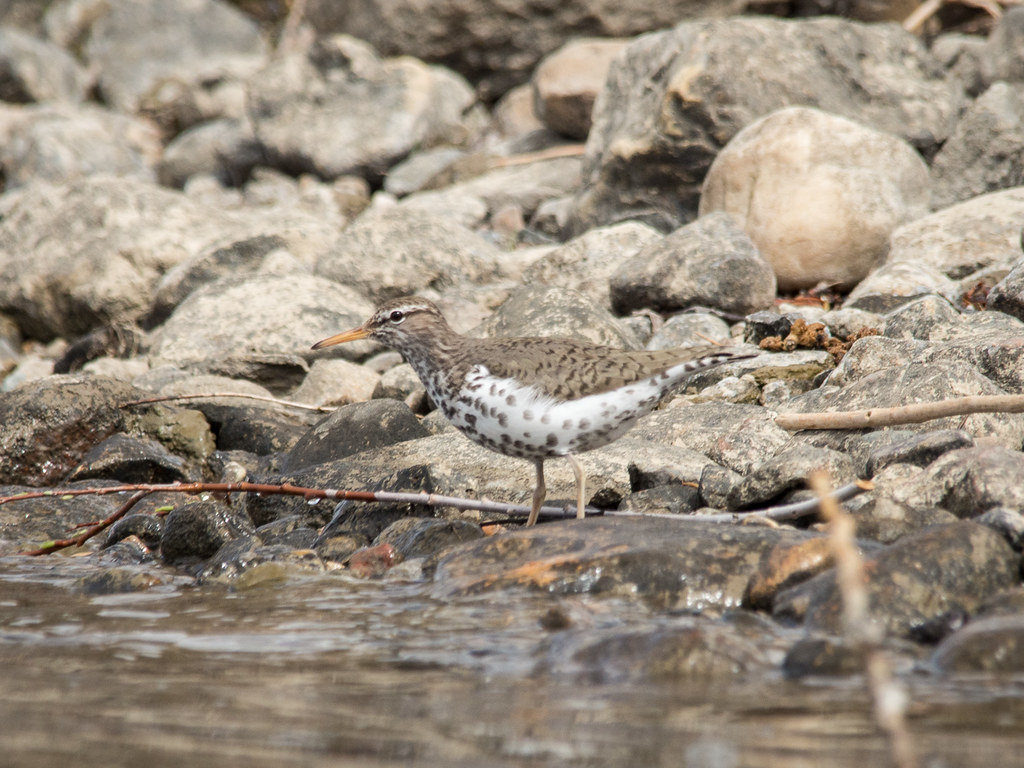SaskPower is holding online conversations on June 9 & 16 to consult with the public on its long-term power strategy. You can register for morning or afternoon sessions.
“Environmentalism emerged from the 1960s as a movement to save the natural world. Now it seems to have been appropriated to describe the fight to save industrial civilisation — life as we know it.”
Upcoming Events
Margret Asmuss will provide an overview of climate impacts and action in Saskatchewan at 6:30 pm, June 3, online.
City of Saskatoon residents can dispose of household hazardous waste from 9 am to 3:30 pm on June 6.
There will be a noon-hour webinar on bats on June 8 as part of the Native Prairie Speaker Series.
The Provincial Association of Resort Communities of Saskatchewan is hosting a webinar with Jo Jozsa discussing zoning bylaws to protect lakes at 7 pm, June 9.
Project WILD and Flying WILD will be combined in a one-day virtual workshop on June 10.
City Life
Form follows fuel: “From the earliest known archeological remains to the trends of the 21st century, the availability of energy has shaped architecture. That’s a perspective that deserves exploring, especially since the energy constraints imposed by climate change now present ‘the toughest challenge the world of architecture has ever faced’.” [book review]
Canadian cities tend to sprawl – and sprawl costs money, time, and energy. What if we moved away from that model to the “20-minute city” where everything you need (work, grocery store, coffee shop) is within 20 minutes? “Touted benefits include better air quality, a healthier population, higher property values and lower transportation costs for those who can eschew an automobile. . . . Making cities more walkable involves creating a more compact footprint, where more businesses are built near existing homes. But it also means building housing near existing businesses, such as stores and restaurants.”
Canmore, AB, has grown from a small coal-mining community to a large bustling tourist destination. Residents are now struggling to reconcile tourism development with climate, transportation, and housing goals, as well as protection of an important wildlife corridor. A group of residents hopes to purchase a piece of land to create a permanent conservation area and affordable housing.
Smokescreen: Debunking Wildfire Myths to Save Our Forests and Our Climate by Chad T. Hanson explains why wildfire are beneficial, the role fire-burned trees play in maintaining biodiversity, and the need to focus on home fire safety and defensible space as opposed to back-country vegetation management. [book review]
Hydrofluorocarbons (HFCs) are used in air conditioning and refrigeration systems and are “hundreds to thousands of times more potent than carbon dioxide at trapping heat in the atmosphere”. Refrigeration systems in supermarkets aren’t air-tight, so they lose 25% of their refrigerant every year – “that amounts to emissions equivalent to more than 12 million cars driving for a year”. There are alternatives, as demonstrated by a New York City grocery store, but no easy answers. [podcast & transcript]
Arbor Week
Did you know? Female Spotted Sandpipers mate with up to 5 males, leaving the males to incubate the eggs and feed the young [Nature Companion is downloadable directly from its website]
EcoFriendly Sask supports Saskatchewan environmental initiatives through an online publication, an events calendar, small grants, and the Nature Companion website/app.
You can follow EcoFriendly Sask by liking us on Facebook, following us on Twitter, or subscribe by email (top right corner).


